
Lisbon enchants visitors from all over the world.
Located on the estuary of the majestic Tagus River, the city will seduce you with its history, architecture, and unique vibe. The Portuguese capital offers visitors unparalleled activities you can’t find anywhere else.
The following 33 Lisbon travel tips will help you prepare for your visit to this fascinating city.
Discover when is the best time to visit Lisbon, what unique transportation to ride, and what you mustn’t miss tasting.
Use the navigation below, and let’s get lost in the charming streets of Lisbon!
✅ Note: This article contains affiliate links. In case you purchase something through one of these links, we may receive a small commission at no extra cost to you. Thank you for helping us keep creating the free content on this website!
Preparation – Things to Know Before Traveling to Lisbon
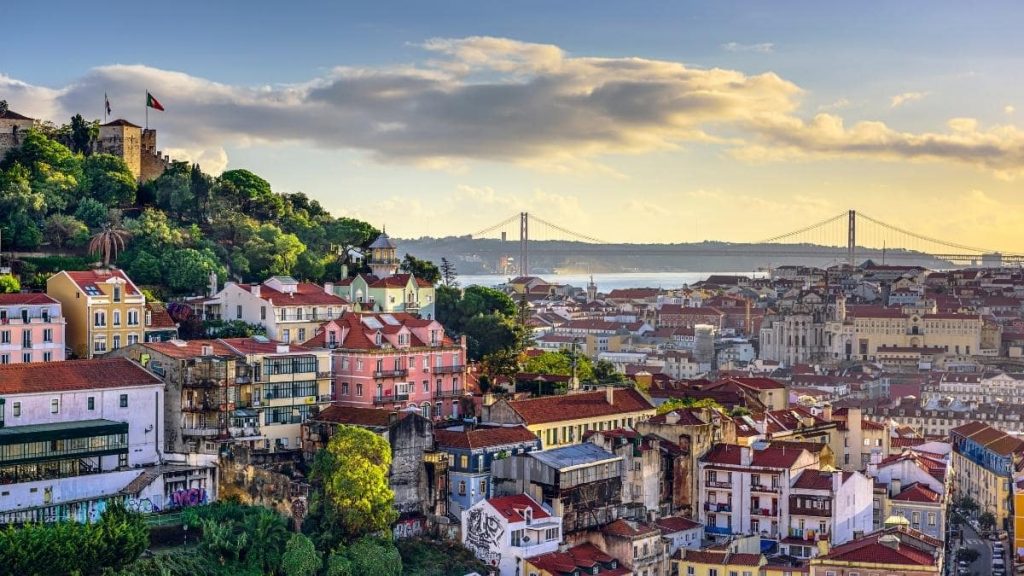
Before you visit Lisbon, you need to prepare for a few technicalities. From the visa requirements to the unexpected clothing you should pack, carefully read the following Lisbon travel tips.
- Do you need a visa to travel to Lisbon? Portugal is a part of the European Union and Schengen. A visa is not necessary for EU citizens and for US citizens with a passport valid for at least another 6 months. For a complete list of visa requirements, visit the official website of the European Union.
- Portuguese is the official language. As in any large European city, you’ll get along with English in Lisbon just fine. The staff at most attractions and restaurants in the city center will be able to understand you. If you want to show respect and impress the locals, find a few common phrases in Portuguese below.

| Good morning! | Bom Dia! |
| Goodbye! | Adeus! |
| Thank you! | Obrigado! / Obrigada! |
| Excuse me? / I’m sorry! | Desculpe-me? / Sinto muito! |
| Yes / No | Sim / Não |
- Pack sturdy shoes. Lisbon occupies several steep hills revealing stunning vistas. That’s why walking around the city can become quite tiring. So, you better bring your most comfortable, sturdy shoes to the Portuguese capital. And if you want to know what else to pack and prepare for all your trips, grab our elaborate Travel Checklist.
- How many days are enough in Lisbon? If it’s your first visit to the city, plan to spend at least 2 days in Lisbon. This way, you’ll have plenty of time to explore the main attractions, devour scrumptious delicacies, roam the vibrant neighborhoods and markets, and even enjoy a fado performance. If you can afford it, spend 5 to 7 days and include a day trip or two outside the Portuguese capital.
- Is Lisbon safe to visit? As a general rule, be cautious around landmarks, at markets, and in crowds. Pickpockets and bag-snatchers are not uncommon in any big city. Be careful when walking at night to your accommodation, as many of the streets are quite steep. Other than that, Lisbon is a very safe place to travel to.
- Pack your best swimsuit. Why? Because you can visit the Portuguese Riviera from Lisbon. The western neighborhoods of Lisbon’s metro area touch the Atlantic Ocean. This means that you can easily do a day trip to the beach. Check out the gorgeous sand stretches Praia da Crismina and Praia do Guincho, or the dramatic cliffs of Cabo da Roca, the westernmost point of Continental Europe.
Weather – When Is the Best Time to Visit Lisbon
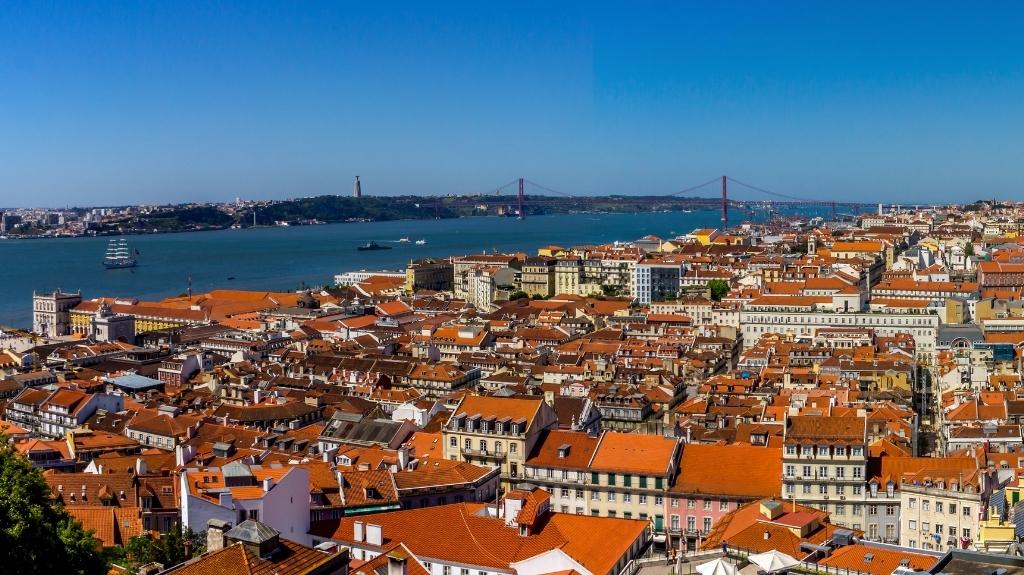
Lisbon is famous for its year-round sunshine. And despite its location on the banks of a mighty river, it’s not as windy as other European capitals, such as Prague or Budapest. In this section, you’ll find when is the best time to visit Lisbon. But don’t worry. You’ll have enough sunshine and awesome activities in all seasons.
- You can visit Lisbon all year round and still enjoy plenty of sunshine. The city’s mild climate is due to the proximity of the Atlantic Ocean and the Gulf Stream. The mean annual temperatures are around 60°F (~17°C). Even in the coldest month, January, the averages rarely drop below 54°F (12°C). In the hottest month, August, you’ll almost never experience temperatures above 82°F (28°C). On top of that, you can enjoy at least five hours of sunshine even in the winter months!
- Winter Lisbon seduces with Christmas markets, wine tastings, and fado performances. It doesn’t snow in the Portuguese capital, but the Christmas decorations create a magical atmosphere. You can explore the city’s landmarks without the usual crowds before checking out the Christmas Markets’ stalls. Keep yourself warm with hearty foods and steaming-hot drinks. Spend the evenings with wine tastings and fado concerts.
- Spring is the best time to visit Lisbon if you’re a festival lover. In the months from April to June, the Portuguese capital hosts a myriad of festivities. From the independent film festival Indie Lisboa through the rock and pop concerts at Rock in Rio to the Feira do Livro book fair, there’s something for everyone. Add to this the abundance of gorgeous parks and gardens, which invite for a picnic, and the endless outdoor dining options, and you’ll fall in love with Lisbon in the spring.
- The summer months in Lisbon aren’t as hot as in other major European cities. The temperatures remain under 85°F (30°C). This means you can still explore the capital’s attractions without the fear of getting a heat stroke. Add to that the possibility to visit the Portuguese Riviera’s gorgeous beaches, and you might have just found the perfect season for your Lisbon adventure.
- Autumn comes with a bit of rain but still plenty of sunshine. If you decide to visit Lisbon in this season, pack an umbrella or a rain jacket. Chances are there’ll be more sun than rain in this season, and fewer tourists than in summer. You’ll still be able to visit the beaches at the Portuguese Riviera, and you’ll have the opportunity for outdoor dining and other activities as well.
Money-Saving Tips – Is Lisbon Expensive to Visit

If you’re looking for ways to stretch your bucks, the following Lisbon money-saving tips will help you on your quest to spend less while visiting the Portuguese capital.
- Do you need to tip in Lisbon? Tipping is optional in most of Europe. In Lisbon, you can either round up your bill or leave a few coins in the tip jar. You’ll usually find it on the counter in cafés and restaurants. Some attractions might also have a tip or a donation box. It’s up to you whether you leave something in it or not.
- Can you drink the tap water in Lisbon? The tap water in Portugal is safe for drinking according to all EU standards. The water in Lisbon is medium-hard and rich in minerals. The authorities add chlorine to treat it further. Unfortunately, chlorine leaves a strong taste. Hence, most residents of Lisbon prefer drinking bottled water but use tap water for cooking or preparing hot drinks.
- You can find a ton of free things to do in Lisbon. If you don’t want to break the bank while exploring the Portuguese capital, you’ll be glad to know that the city offers a ton of free attractions and activities. Here are our favorite free things to do in Lisbon:
- Roaming the streets of the historic neighborhoods.
- Feasting our eyes at the local markets.
- Admiring the stupendous vistas from the miradouros (viewpoints).
- Photographing the majestic Monument of the Discoveries, Sanctuary of Christ the King, and Joseph I of Portugal.
- Visiting museums for free. Some don’t charge an entrance fee, while others are free on certain days.
- The appetizers on the table aren’t free. When you sit at a restaurant, you’ll notice a selection of small snacks on the table. If you decide to consume them, they’ll be added to your bill. In case you don’t want to pay for the appetizers, just leave them on the table untouched or ask your waiter to take them away.
Food & Drinks Tips for the Best Foodgasms

The most delicious Lisbon travel tips include several traditional dishes you must try, as well as advice about local drinks. If you’re looking for a way to try local delicacies and learn interesting facts about them, we recommend this food & wine walking tour.
- Try the heavenly Pastéis de Nata. You’ll find the egg-cream deliciousness in every café, bakery, and pastry shop in Portugal. Naddya’s favorite custard tarts are velvety on the inside and crunchy on the outside. Some versions feature apples or other fruits in the filling. One of the most interesting facts about Lisbon is that the recipe for the pastries is a vigorously kept secret. The most popular places to try the lip-smacking pastries in the city are Manteigaria, Fábrica da Nata, and Alfama Doce.
- Discover the staple Lisboan sandwich. The typical bifana features thinly sliced pork meat, a hearty bread roll, and a splash of sauce. The tender meat simmers for hours in white wine, garlic, and herbs. Many restaurants in Lisbon advertise to serve the best bifana, but our recommendation is Bifanas do Afonso. Their sandwiches will shoot your palate into culinary heaven.
- If you’re a meat lover, you’ve got to try chouriço. The traditional smoked sausage epitomizes pork, fat, paprika, garlic, and spices. Cumin, cinnamon, white pepper, and piri piri peppers add an extra kick of flavors. You can eat chouriço on its own or in a stew, but we recommend ordering chouriço assado. Why? Because it’ll be prepared directly on your table, in a burning clay pot over an alcohol flame!
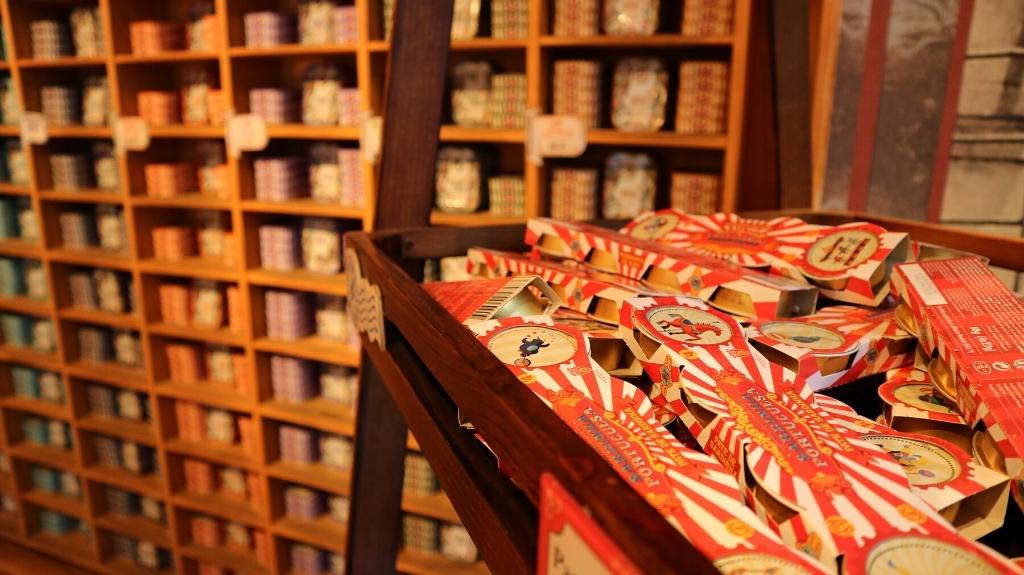
- Ordering sardinhas in Lisbon is a must. Grilled or canned, you should try sardines at least once on your trip to the Portuguese capital. Around the city, you’ll encounter many stores selling vibrant tinned sardines. The most exquisite ones may even cost a few hundred dollars. You’ll find the biggest selections of tinned sardines at the family-owned Conserveira de Lisboa and at The Fantastic World Of Portuguese Sardines.
- You can sample codfish prepared in 365 different ways in Lisbon. The Portuguese are obsessed with bacalhau. How else can we explain the fact that there are as many recipes to prepare it as days in the year? It’s been the staple food of the Portuguese explorers. During the Age of Discovery, sailors needed products that would preserve well during the long journeys. Dried and salted codfish was perfect for the job. Today, you should try bacalhau à brás and pataniscas de bacalhau. Both dishes will make you fall in love with codfish.
- Check out the ginja specialty bars of Lisbon. The popular Portuguese liquor ginjinha or ginja is made of ginja berries infused with alcohol. The sour cherry berries join forces with sugar, cloves, and cinnamon to turn into this fragrant staple drink. In Lisbon, you can order it in specialty bars. Check out the vibrant Ginjinha Sem Rival, the historic To Ginjinha, and the quirky Ginjinha das Gáveas.
- Try the delectable local wines. Lisbon is the heart and soul of Portuguese winemaking. The region produces large quantities of simple yet delicious white, red, and rosé wines. Wine bars are scattered throughout the city. Check out Fado & Wine or Antiga Wine Bar. You won’t be disappointed. To learn even more about the wines of Lisbon and satisfy your palate, we suggest visiting this wine cellar and vineyard on a day trip.
Transportation Tips for Lisbon – Getting There and Traveling Around the City
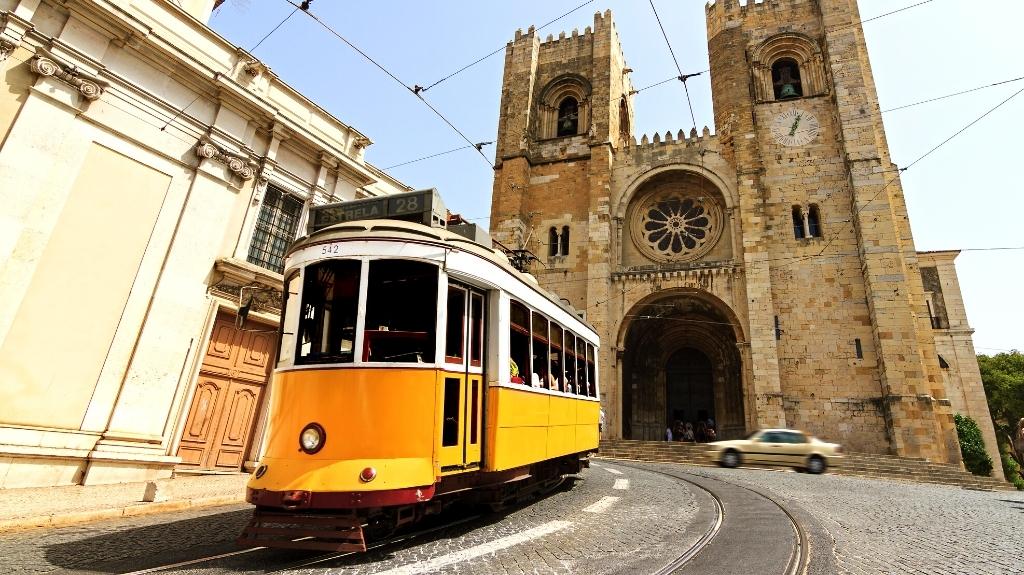
Lisbon’s transportation system is not only modern and comfortable, but it also offers some unique travel modes. With the following transportation tips, you’ll have no problem navigating the Portuguese capital like a pro.
- Lisbon Airport is the main gateway into the country. Officially known as Humberto Delgado Airport, it’s the largest Portuguese airport and a major hub to South America and Africa. It’s located only 4.3 mi (7 km) from the city center, so you’ll have no trouble getting into Lisbon from the airport. You can take the metro, bus, shuttle, or taxi. The travel time is between 20 and 35 minutes.
- Arriving by cruise ship in Lisbon is an exhilarating experience. The ships pass by the Belém Tower and the Monument of the Discoveries. Next, you can observe Jerónimos Monastery, the Commerce Square, and the Sanctuary of Christ the King from the water. But the highlight of the arrival is cruising under the magnificent 25 de Abril Bridge before reaching the cruise port. The port itself is located a short walk away from the city center, so you’ll be able to explore Lisbon right away.
- Ride the historic yellow trams. Six lines have been dissecting the city center and the west part of Lisbon since 1914. Line 28 is the most popular with tourists. It lets you visit the majority of Lisbon’s attractions. The downside is that everyone wants to ride the small, yellow streetcars, so they get quite overcrowded. To avoid being squished by strangers, take Tram 12 instead. It’s less used, and it loops around the city center. It’ll take you around the districts Alfama and Baixa, and to São Jorge Castle.
- Lisbon has an impressive number of tuk-tuks. They’re a great way to explore the narrow, cobbled streets that meander around the historic districts. You’ll find the funky vehicles at every corner of the city center, waiting to take you on an exhilarating adventure around tight corners and steep hills. You can book a tuk-tuk in advance and navigate the alleys of the Portuguese capital in a unique way. The driver will act as your tour guide, too.
- The Metro covers most of the city. It’s a fast, convenient, and affordable way to explore Lisbon. The Red Line even services the airport making it easy to get to the city. The current ticket prices start at €1.35 ($1.40) for a single ride and €6.45 ($6.65) for a 24-hour pass. Make sure to keep your ticket throughout the whole journey. Random checks on the metro occur often and you’ll need to scan the ticket before leaving the station, too.
- Get the Lisbon Card to save on entrance fees and get unlimited, free transport. The Lisbon Card is a great way to save both money and time. Enjoy unlimited travel on city transport and free admission to 39 museums and historic buildings. You also get discounts at many attractions and vouchers for various shops. The card is valid for 24, 48, or 72 hours, and you can get it in advance from this link.
Where to Stay in Lisbon – The Best Neighborhoods and Accommodations
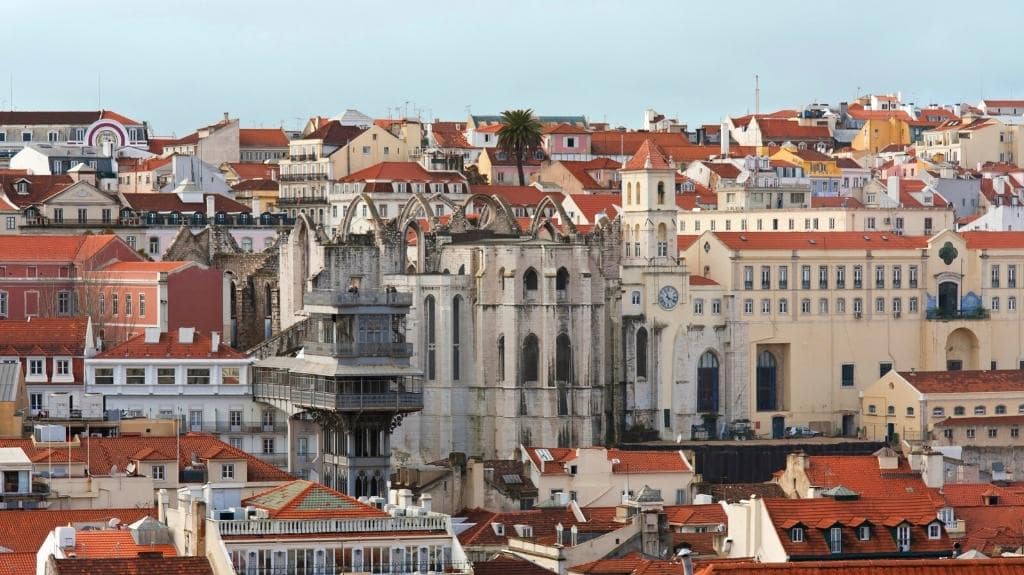
In this section, you’ll find the best neighborhoods and extraordinary accommodations to stay at when in Lisbon. Let’s find out which areas define the city’s unique vibe.
- Stay in Alfama if it’s your first time in Lisbon. In the district, you can explore the city’s most popular attractions. Take the historic Tram 28 uphill to avoid climbing the steep streets. The yellow streetcar will take you by the Lisbon Cathedral and up to the São Jorge Castle. From there, you’ll have the most magnificent vistas over Lisbon. Then, get lost in the cobbled alleys of Alfama. Tiny shops line the streets and seduce with traditional crafts and delicious pastries. In the evenings, the sound of melancholy fado songs fills the air.
- Choose Bairro Alto for the quirky atmosphere. The Upper District, as the name translates, is one of the city’s historic neighborhoods. Take a stroll through the steep cobbled streets or ride the historic funicular. Admire the centuries-old vibrant houses, enjoy the funky street art, and marvel at the views from the famous viewpoints. After sunset, join the hip crowd for drinks in the quirky bars or fado locales around the neighborhood.
- Stay in Almada for the fantastic views. The biggest attraction in the district is the imposing Sanctuary of Christ the King monument. It faces the left bank of the Tagus River from a hill in the Almada District. Inspired by Rio de Janeiro’s Christ the Redeemer, it overlooks the city of Lisbon. Enjoy sweeping views of Lisbon, the Tagus River, and the 25 de Abril Bridge by visiting the observation deck at the base of the statue.
- Find modern luxury and heart-stopping views at EPIC SANA Lisboa Hotel. At this 5* contemporary masterpiece, you can relax after a long day of exploration like royalty. The chic design, the top-notch amenities, the excellent wellness area, and the high-end dining options will make your stay exceptional. But what makes the hotel truly EPIC is the panorama from the roof-top infinity pool!
- Let Palácio Ludovice Wine Experience Hotel spoil you. The historic palace is the epitome of luxury. The building still features the original azulejos (ceramic tiles) from the 18th century, as well as the fresco paintings and the stucco ceilings. The perfect location near all popular Lisbon attractions, the incredible wellness center, and the unparalleled wine experience will make your stay at this five-star gem unforgettable.
Which One Is Your Favorite Lisbon Travel Tip?
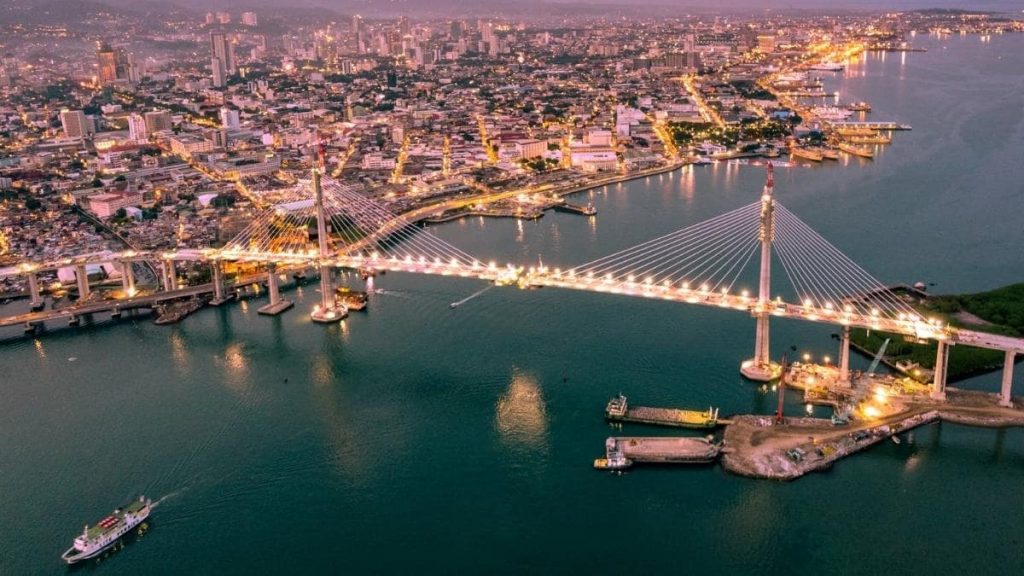
There you have it, all the things you need to know before traveling to Lisbon.
The city offers exquisite accommodations, unusual transportation modes, delectable dishes, and awesome activities for every season and budget.
And with these 33 Lisbon travel tips, you’ll navigate the Portuguese capital as if you’ve lived there your whole life.
Now, it’s your turn:
Which of the travel tips for Lisbon did you find most helpful?
Share in the comments below.









